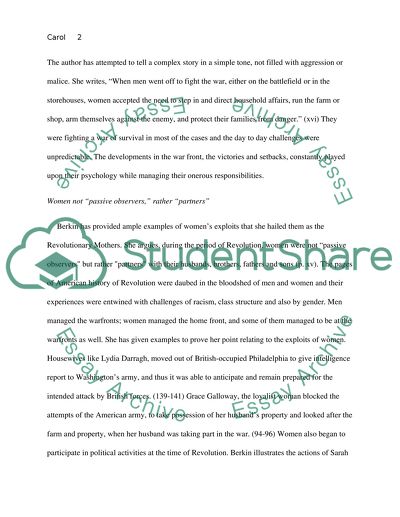Cite this document
(“Essay 1: Carol Berkin, Revolutionary Mothers: Women in the Struggle - 2”, n.d.)
Retrieved de https://studentshare.org/history/1469219-essay
Retrieved de https://studentshare.org/history/1469219-essay
(Essay 1: Carol Berkin, Revolutionary Mothers: Women in the Struggle - 2)
https://studentshare.org/history/1469219-essay.
https://studentshare.org/history/1469219-essay.
“Essay 1: Carol Berkin, Revolutionary Mothers: Women in the Struggle - 2”, n.d. https://studentshare.org/history/1469219-essay.


